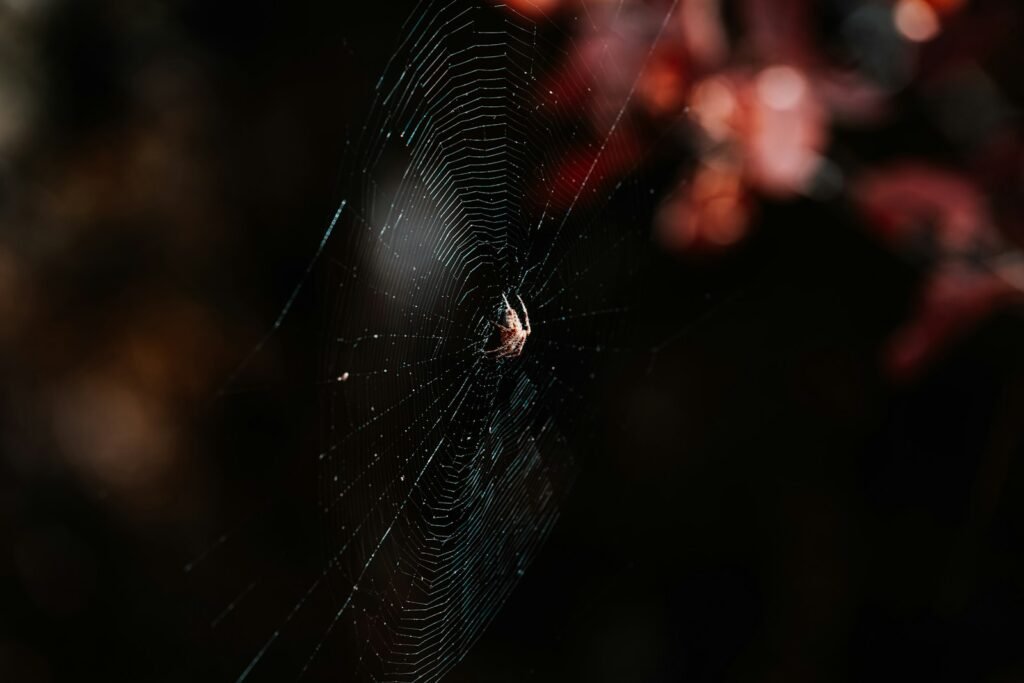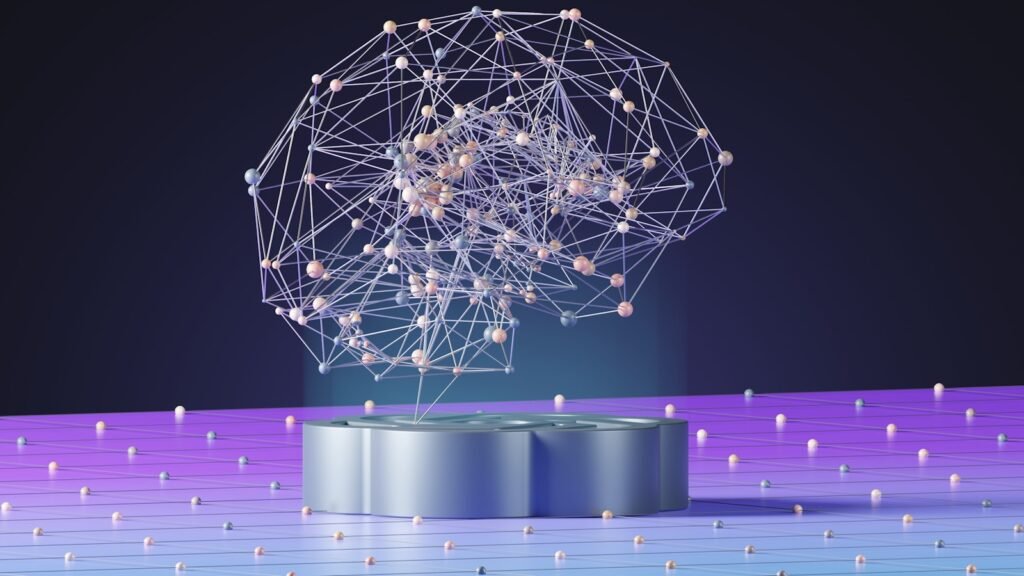Superheroes feel larger than life, but their most dazzling abilities often echo something wild and wonderfully real. Biologists and engineers have been quietly tracing those echoes, mapping spider silk to wearable materials, cephalopod camouflage to adaptive fabrics, and bat sonar to smarter navigation. The result isn’t just a fun game of comparison; it’s a living catalog of nature’s engineering playbook, hiding in plain sight. As labs push biomimicry into medical devices and soft robotics, the line between comic-book fantasy and field-tested biology keeps thinning. And if we read the clues right, the next breakthrough suit or sensor may look a lot like something that crawls, swims, or soars.
The Hidden Clues
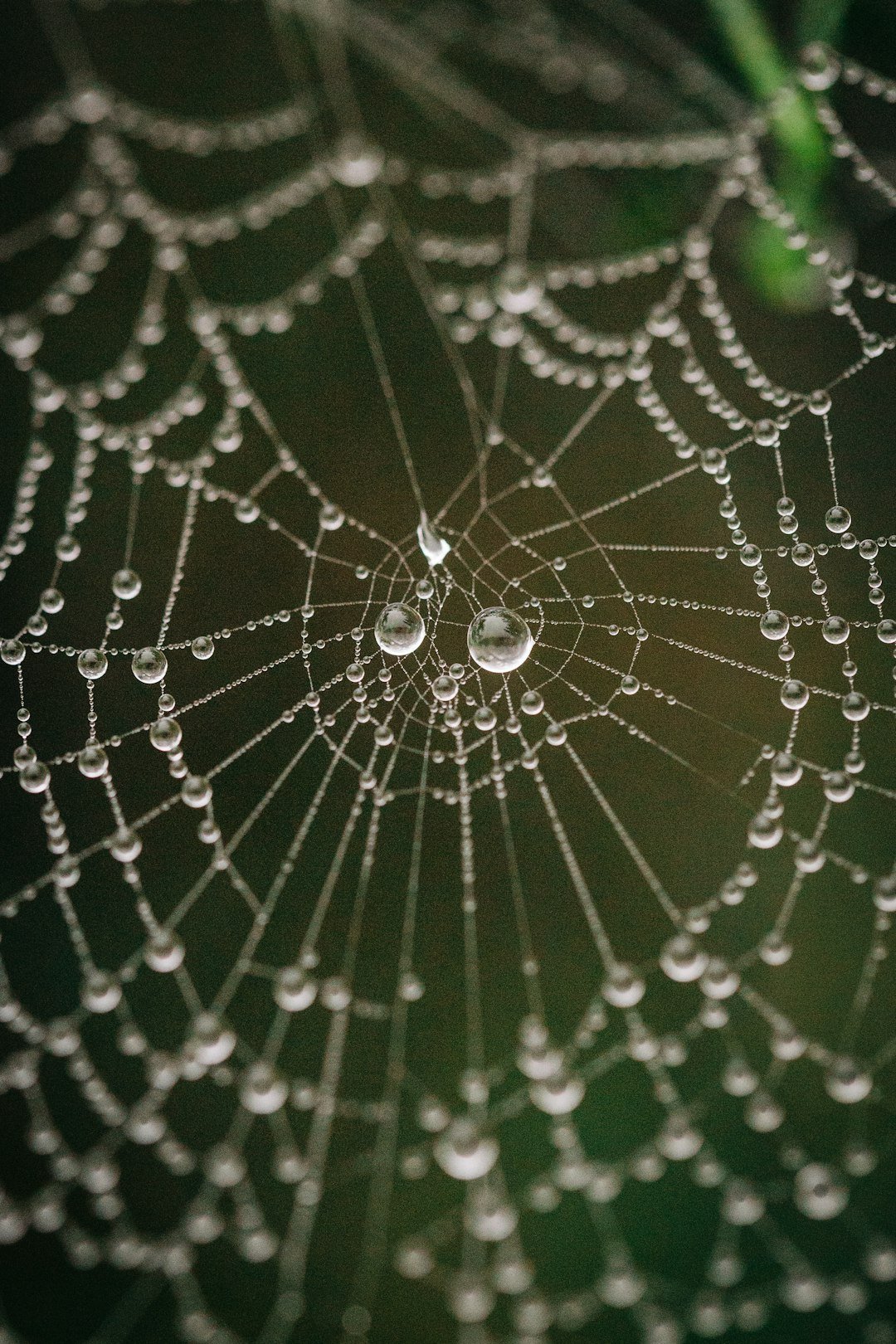
What if the most “superhuman” powers are simply nature’s greatest hits, remixed for the big screen? That idea isn’t just poetic – it’s testable, and researchers keep finding fresh parallels between animal adaptations and hero abilities. I felt it first on a night hike when a spider’s web caught my sleeve: delicate, yes, but stubbornly strong, like a whispered warning about strength in thin threads. From that small tangle spirals a bigger story about structure, surface chemistry, and sensor-rich biology.
To follow the clues, you zoom in on microstructures and zoom out to ecosystems, because function depends on both scale and context. Once you do, the comics start to look less like fantasy and more like a field guide with dramatic lighting. The heroes below aren’t just characters – they’re doorways into the mechanics of life.
Spider-Man: Silks, Senses, and Stickiness
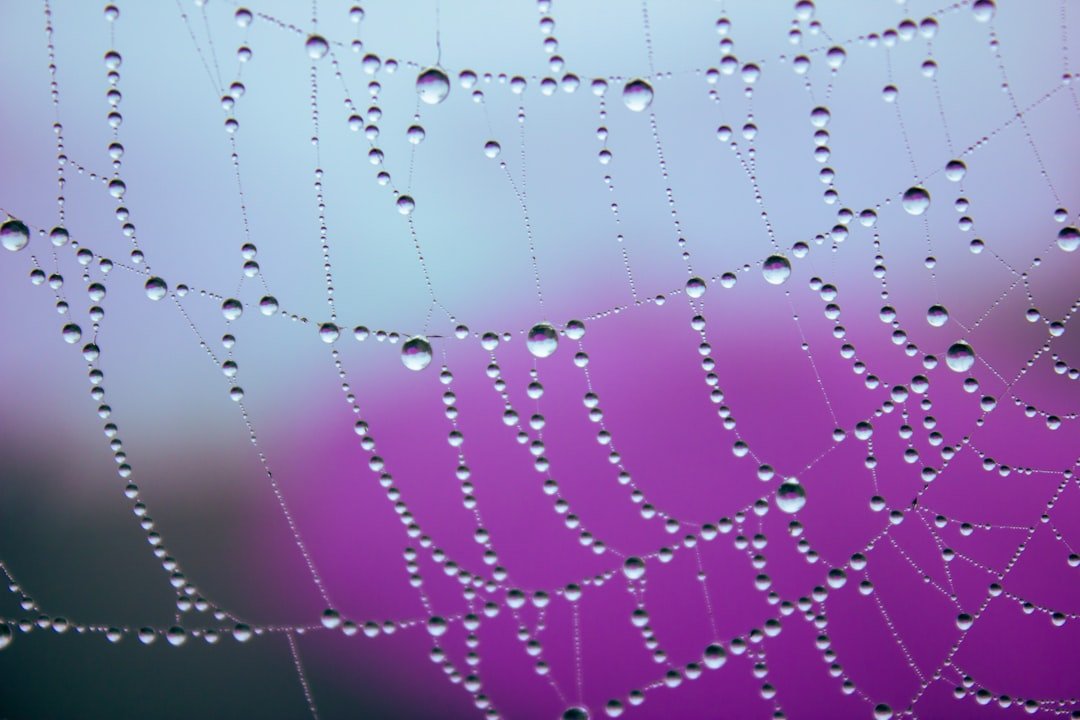
Spiders are master engineers, spinning fibers that – by weight – rival high-grade steel in strength and outclass many synthetics in toughness. Their webs double as giant sensor arrays, translating faint vibrations into a map of the world, a biological version of noise-canceling headphones plus radar. While Peter Parker’s wall-crawling is fictional, researchers have built dry adhesives inspired more by gecko toe pads than spiders, using microscopic hairs to harness van der Waals forces. It turns out you can “stick” without glue, and it’s reversible, clean, and strong.
Spider silk’s protein building blocks and hierarchical structure have inspired lab-made fibers, some already tested in lightweight gear. Add vibration-sensing wearables and you get a Spidey-like toolkit: quiet adhesion, durable lines, and a sixth sense for motion. That’s not a leap across Manhattan, but it’s a solid swing toward nature-grade performance.
Black Panther: Stealth, Speed, and Night Vision
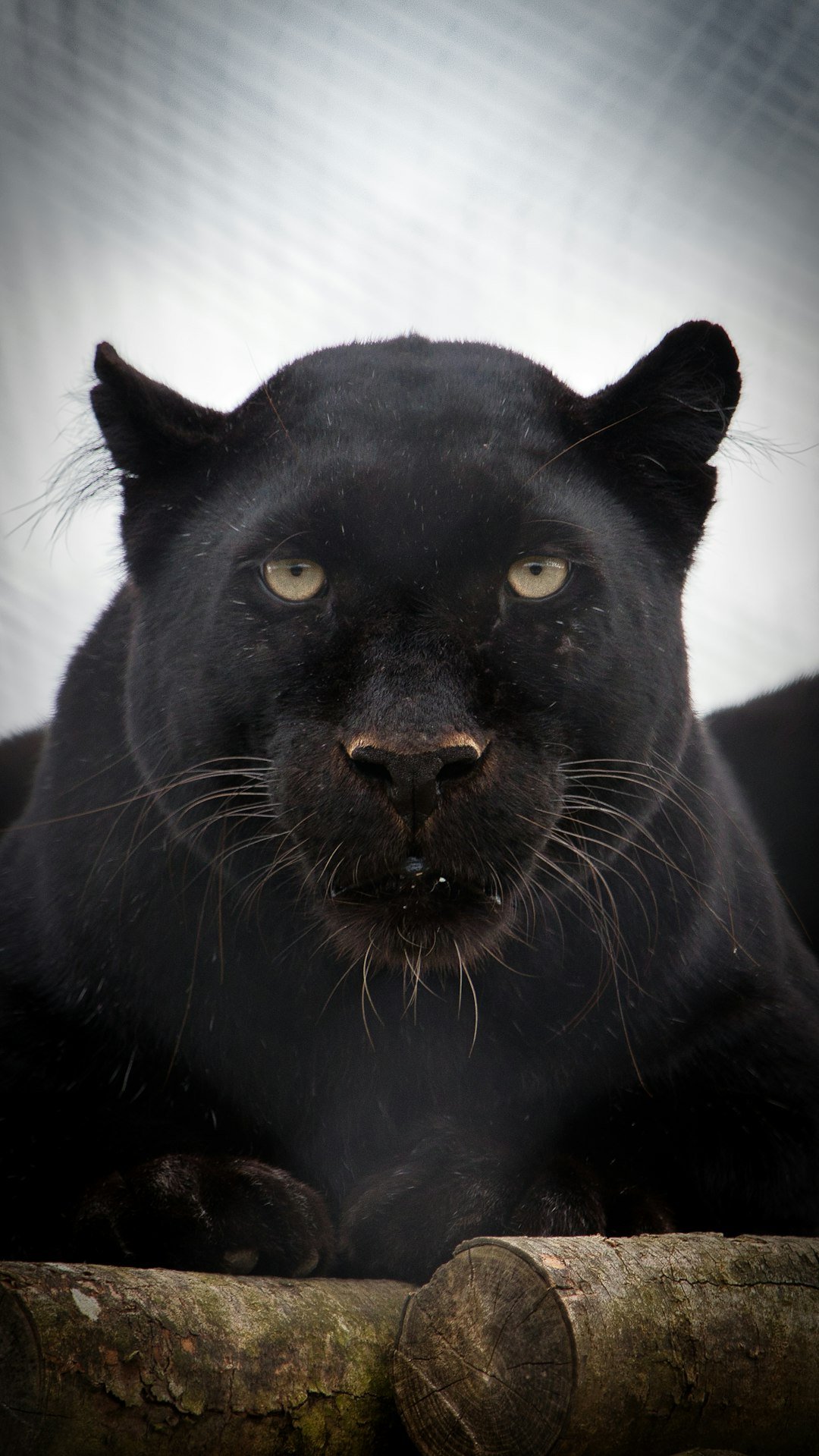
Big cats blend silence and spring-loaded power through soft-padded paws, flexible spines, and muscles tuned for short, decisive bursts. Their eyes pack a reflective layer that boosts low-light vision, the same adaptive logic behind better night-vision sensors and camera algorithms. A panther’s whiskers work like antennae, sampling airflows and surfaces the way wind tunnels sample turbulence.
Black Panther’s suit isn’t real, but the science around stealth and vibration damping is. Engineers borrow from feline footpads to design quieter robots and from cat fur microstructures to reduce drag and manage water on surfaces. The stealthy truth: sneaking around is less about magic and more about materials tuned to hush the world.
Wolverine: Healing, Claws, and Cold Survival
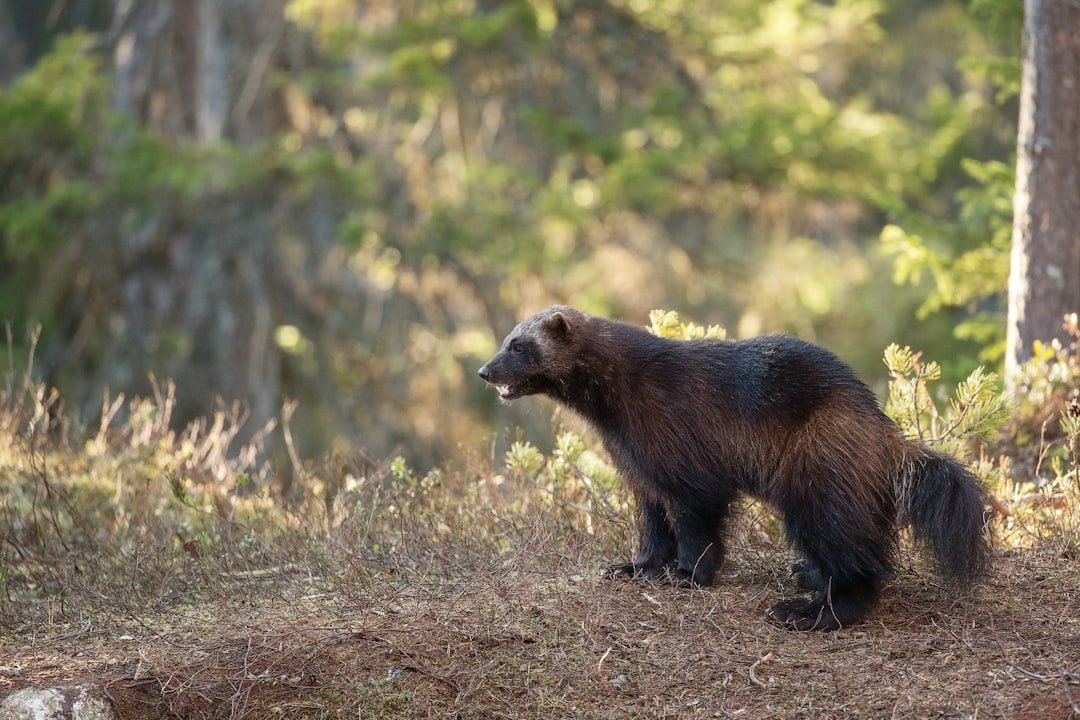
The comic icon is named for a real carnivore famed for endurance in the cold, bone-gnawing jaws, and a no-quit reputation. But when it comes to regeneration, salamanders and axolotls are the true champions, regrowing limbs and complex tissues that mammals typically scar over. Scientists are dissecting those pathways – immune cues, blastema formation, and growth-factor choreography – to see how far mammalian healing can be coaxed.
Claw-wise, keratin is the star: lightweight, tough, and constantly renewing, the same family of proteins that make up hair and nails. Combine cold-hardiness strategies, like compact builds and dense fur, with research on scarless repair, and you get a real-world remix of resilience. It’s not instant healing, but it’s a blueprint for faster, cleaner recovery.
Daredevil: Hearing With the Whole Brain
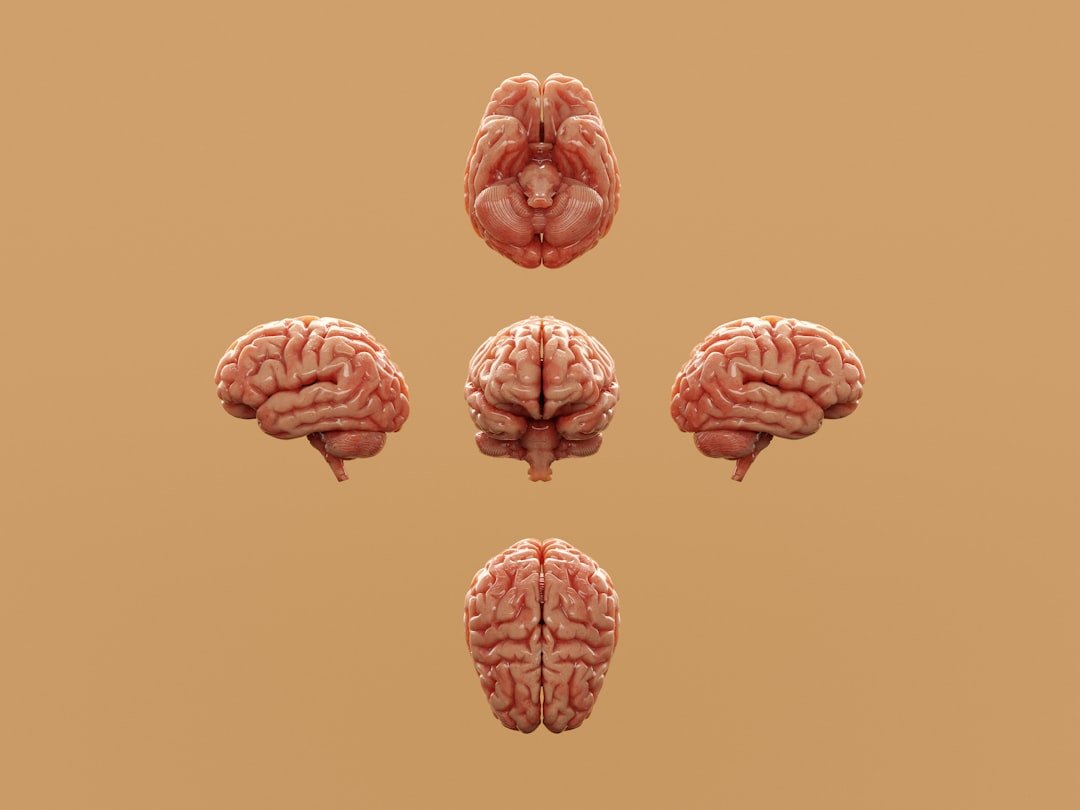
Bats and toothed whales navigate by echolocation, sending out calls and reading returning echoes to build 3D maps in the dark. Humans can’t match that precision, but our brains adapt when one sense fades, reallocating neural real estate to sharpen the others. In blind individuals, auditory and tactile processing often strengthen, and some can even practice a rudimentary form of echo-based navigation.
Daredevil’s radar sense stretches the truth, yet it mirrors a genuine principle: perception is plastic. Bio-inspired sonar and smart canes already turn echoes and vibrations into usable guidance. Add spatial audio and bone-conduction cues, and the fiction edges closer to a practical navigation system for real streets.
Ant-Man: Strength of the Small and Swarm Logic
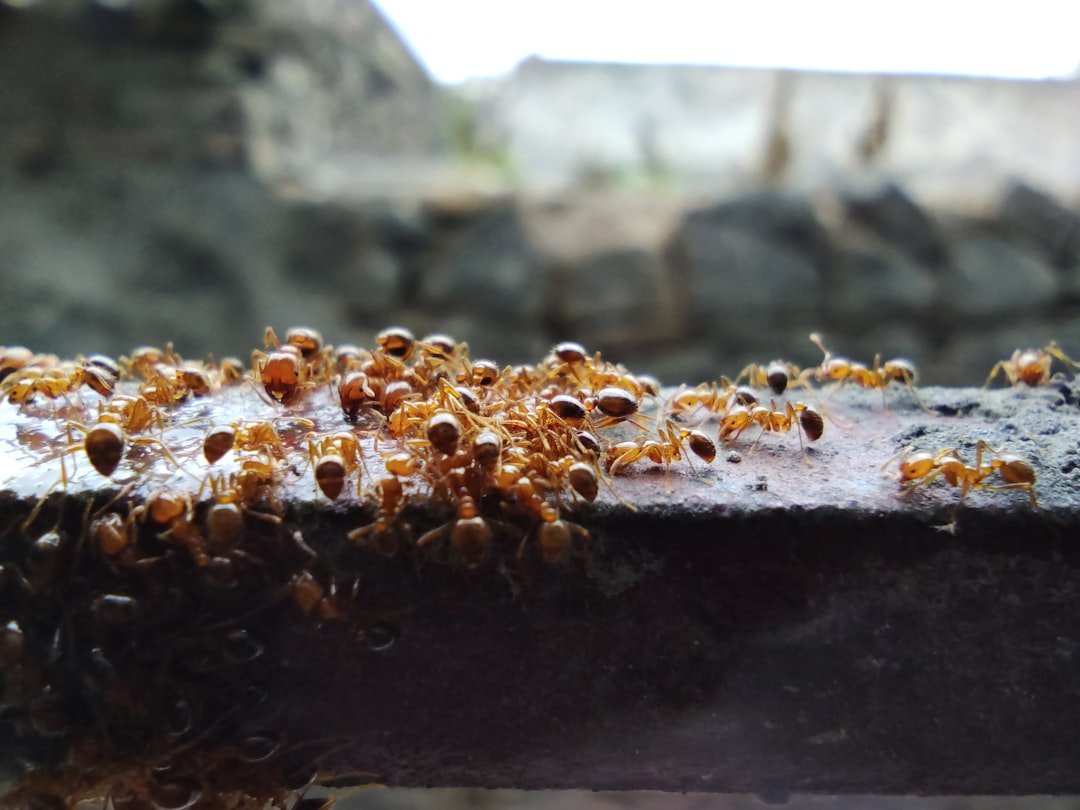
Ants lift loads many times their body weight thanks to scaling laws: small bodies mean thicker bones and muscles relative to mass, so mechanical stress is low and leverage is high. They also excel at teamwork, forming living chains and rafts, a reminder that cooperation can outmuscle any lone hero. The social superpower here is information flow – simple rules, local signals, and global results.
Robotics teams use that logic to build swarm systems that map buildings, search disaster zones, and coordinate without a central boss. Pair that with micro-grippers and bio-inspired joints, and tiny bots start doing big jobs safely. Ant-Man’s size-shifting is fantasy; the collective muscle is very real.
Mystique: Cephalopod Lessons in Disguise
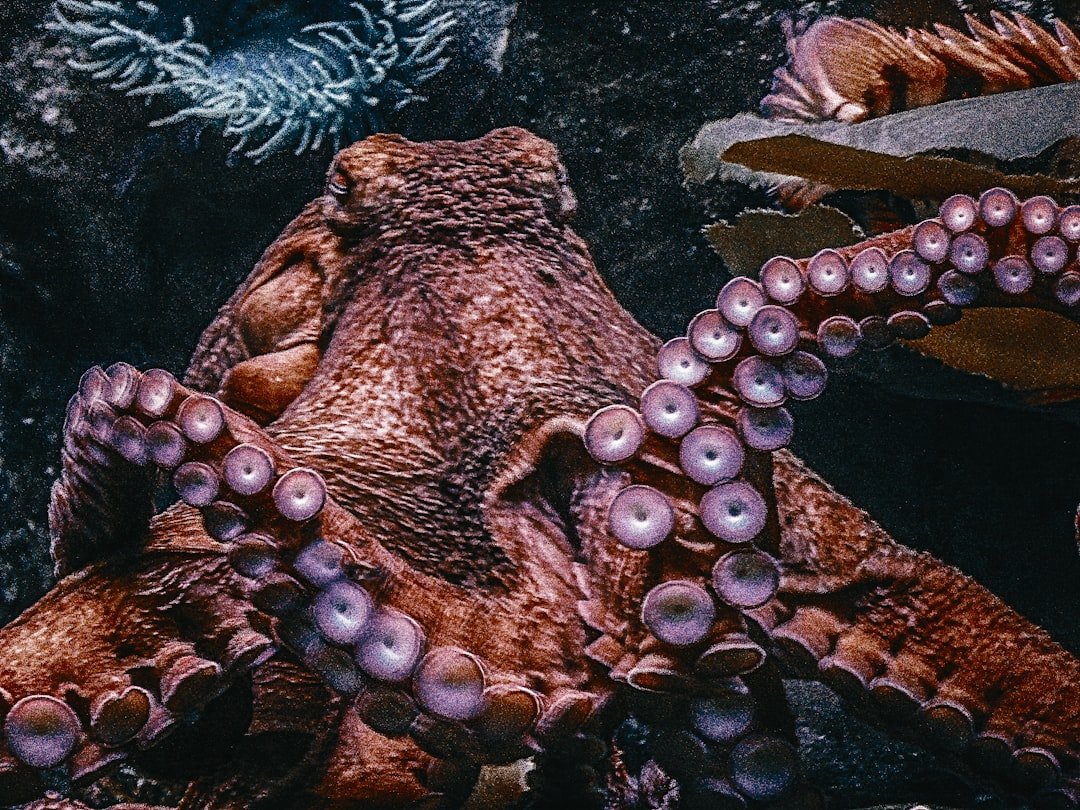
Octopuses and cuttlefish change color and texture in milliseconds using layered skin cells – chromatophores, iridophores, and muscles that ripple like living pixels. They don’t just match color; they mimic patterns, shadows, and even 3D bumps to sell the illusion. Underneath lies a fast, decentralized nervous system that lets skin think locally and respond faster than a central command could.
Engineers are now building soft skins that shift hue with voltage and fabrics that morph texture on cue. Cameras and AI help with real-time background sampling, essentially a cephalopod-style feedback loop for clothing or vehicles. It’s not full shapeshifting, but it’s camouflage smart enough to fool a crowded room at a glance.
Namor: The Breath-Hold Blueprint
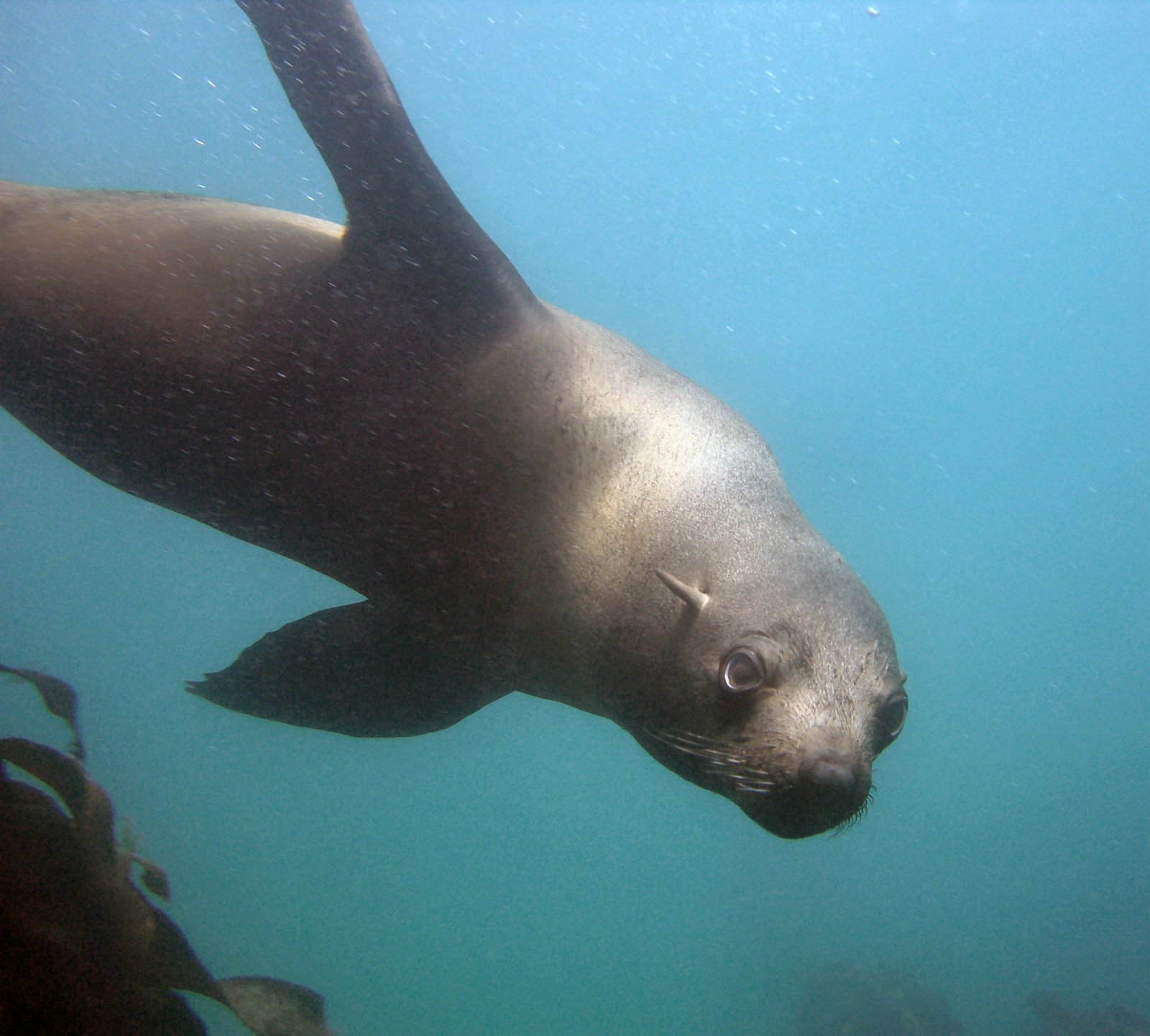
Marine mammals dive deep on a single breath by slowing heart rate, shunting blood to vital organs, and packing muscles with oxygen-storing myoglobin. Seals exhale before plunging to reduce nitrogen uptake, a neat physiological hack that curbs decompression risk. Humans can ride a bit of that reflex too; cold water on the face triggers the so-called dive response, buying a few extra heartbeats of calm.
Training aside, the materials side matters: flexible suits that insulate, fins that channel thrust, and sensors that track oxygen debt. Put those together and Namor’s aquatic grace becomes a checklist for safer, longer dives. Biology doesn’t hand out wings, but it does hand out instructions.
From Ancient Tools to Modern Science
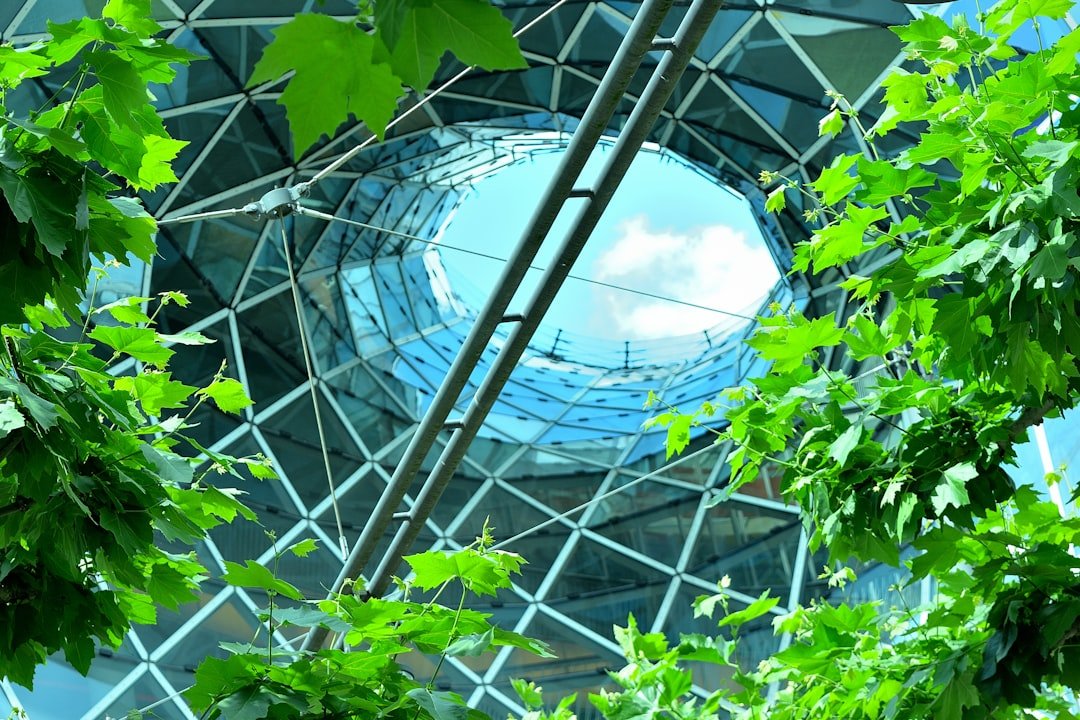
Humans have borrowed from animals for ages – fletching arrows after feathers, shaping boats after fish, and copying hive geometry for storage. What changed is resolution: microscopes, imaging, and machine learning let us capture the fine print of surfaces, fluids, and nerves. Once you see the ridges of a gecko hair or the vortex behind a fin, you can replicate it, remix it, and sometimes improve it.
That tighter feedback loop is why superhero parallels keep surfacing in serious journals and patents. It’s also why the next “impossible” gadget might be hiding in a tidepool or a terrarium. The lesson is old, but the tools are new – and they’re fast.
Why It Matters
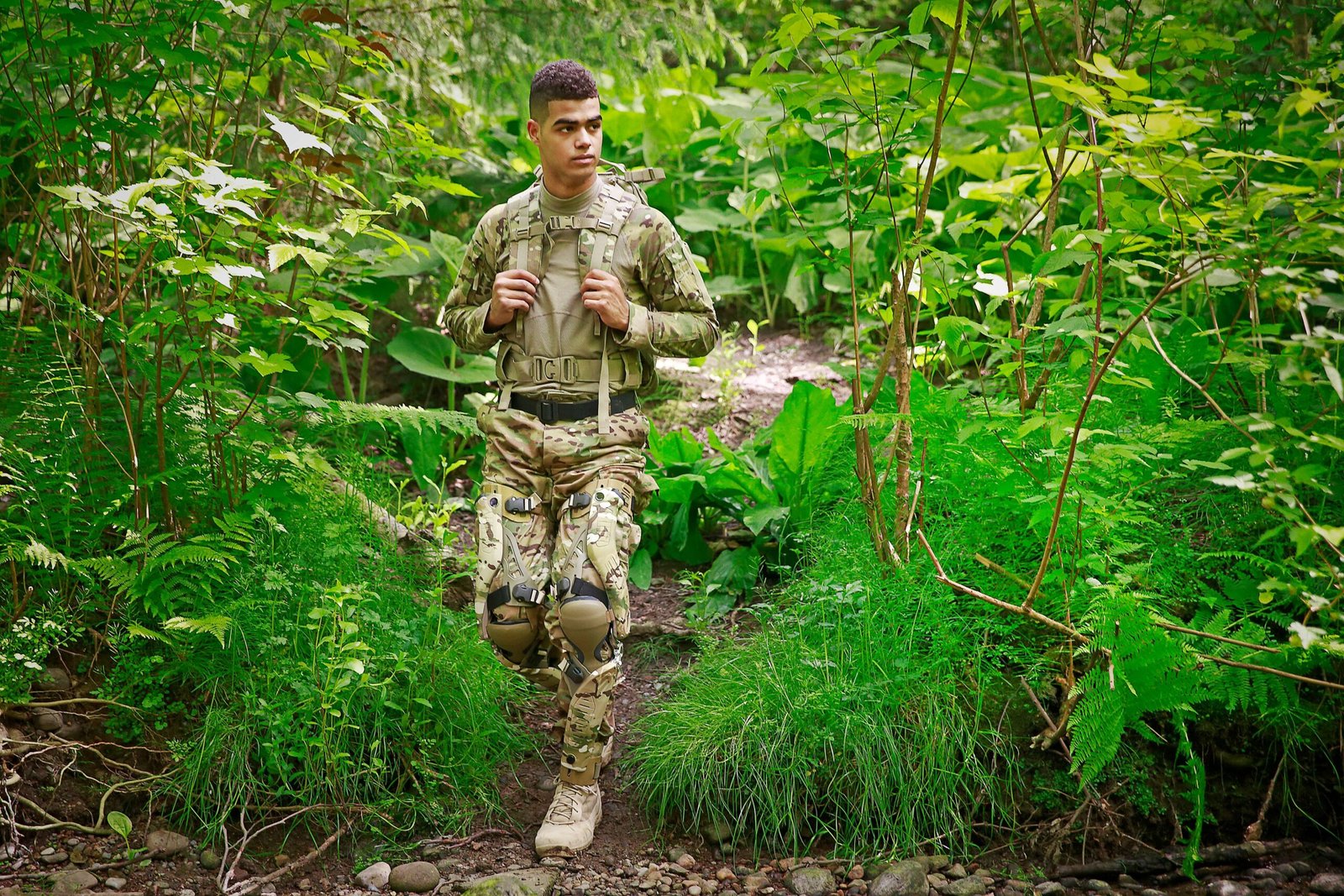
These parallels are more than clever metaphors; they are roadmaps for technology, medicine, and design that meet real-world constraints. Nature solves problems under tight budgets of energy, materials, and time, which is exactly what engineers face. When a cephalopod hides or a bat hunts, you’re watching evolved algorithms at work – and algorithms can be translated.
Consider the payoffs that move the needle:
- Healthcare: regenerative insights for wounds and prosthetics that feel more alive.
- Safety and mobility: better adhesives, quieter robots, and navigation aids that understand uncertainty.
- Climate and conservation: materials and machines that sip energy because biology teaches frugality.
The Future Landscape
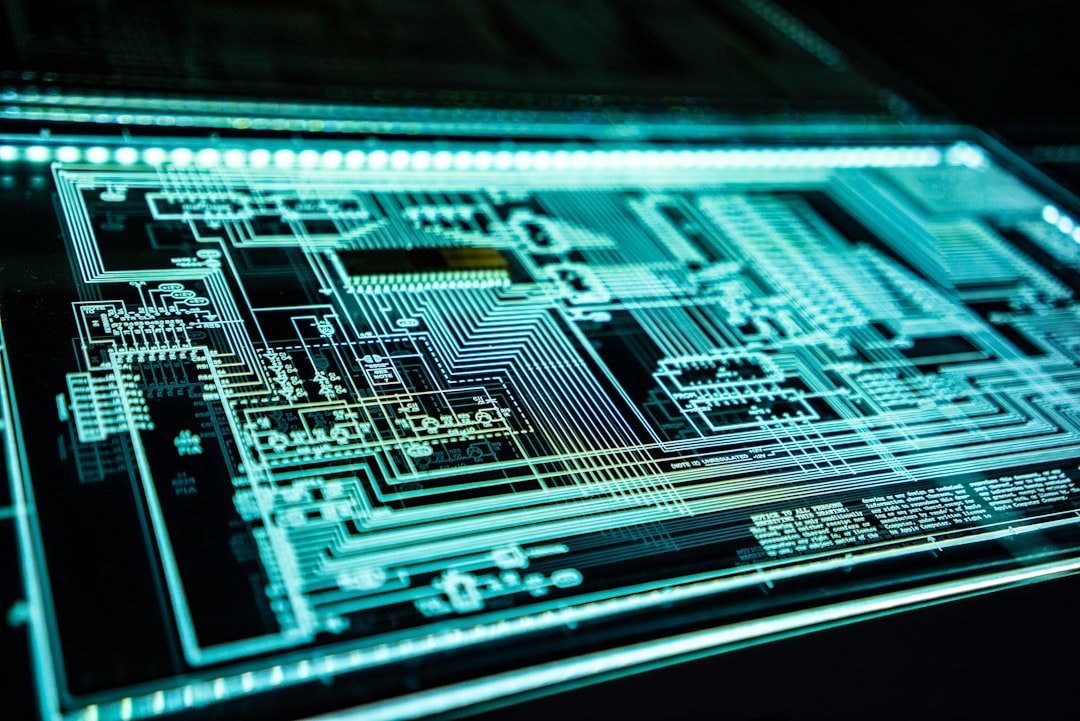
Next-gen materials will likely merge biological blueprints with programmable matter: fibers that stiffen on demand, skins that sense pressure and color, and adhesives that toggle between grip and glide. Soft robots will borrow more from octopus arms and starfish feet, moving safely alongside us in homes, farms, and clinics. Expect underwater drones that “breathe” data like fish gills and aerial bots that fold wings like swifts to slice through turbulence.
The bottlenecks are tough but tractable: scaling lab tricks to factory lines, sourcing sustainable feedstocks, and validating performance in messy, outdoor reality. Ethics matters too – devices that vanish into backgrounds or mimic animals can be used for good or ill. The challenge is to build with transparency, test like scientists, and deploy like neighbors.
Conclusion

Start small and curious: notice the spider silk on a fence, the octopus video that shows a color ripple, the way bats veer at dusk without colliding. Support local biodiversity projects and science education programs that get kids observing, sketching, and asking better questions. If you work in design or engineering, add a field guide to your desk and invite biologists into early brainstorms; biomimicry thrives on unlikely conversations.
For the rest of us, choose materials wisely, back research that shares open data, and celebrate technologies that waste less and work with, not against, living systems. Superpowers are great theater, but nature is the lab that never closes – quietly iterating, relentlessly teaching. Which animal will you look to the next time a hero takes flight or fades into the crowd?

Suhail Ahmed is a passionate digital professional and nature enthusiast with over 8 years of experience in content strategy, SEO, web development, and digital operations. Alongside his freelance journey, Suhail actively contributes to nature and wildlife platforms like Discover Wildlife, where he channels his curiosity for the planet into engaging, educational storytelling.
With a strong background in managing digital ecosystems — from ecommerce stores and WordPress websites to social media and automation — Suhail merges technical precision with creative insight. His content reflects a rare balance: SEO-friendly yet deeply human, data-informed yet emotionally resonant.
Driven by a love for discovery and storytelling, Suhail believes in using digital platforms to amplify causes that matter — especially those protecting Earth’s biodiversity and inspiring sustainable living. Whether he’s managing online projects or crafting wildlife content, his goal remains the same: to inform, inspire, and leave a positive digital footprint.

